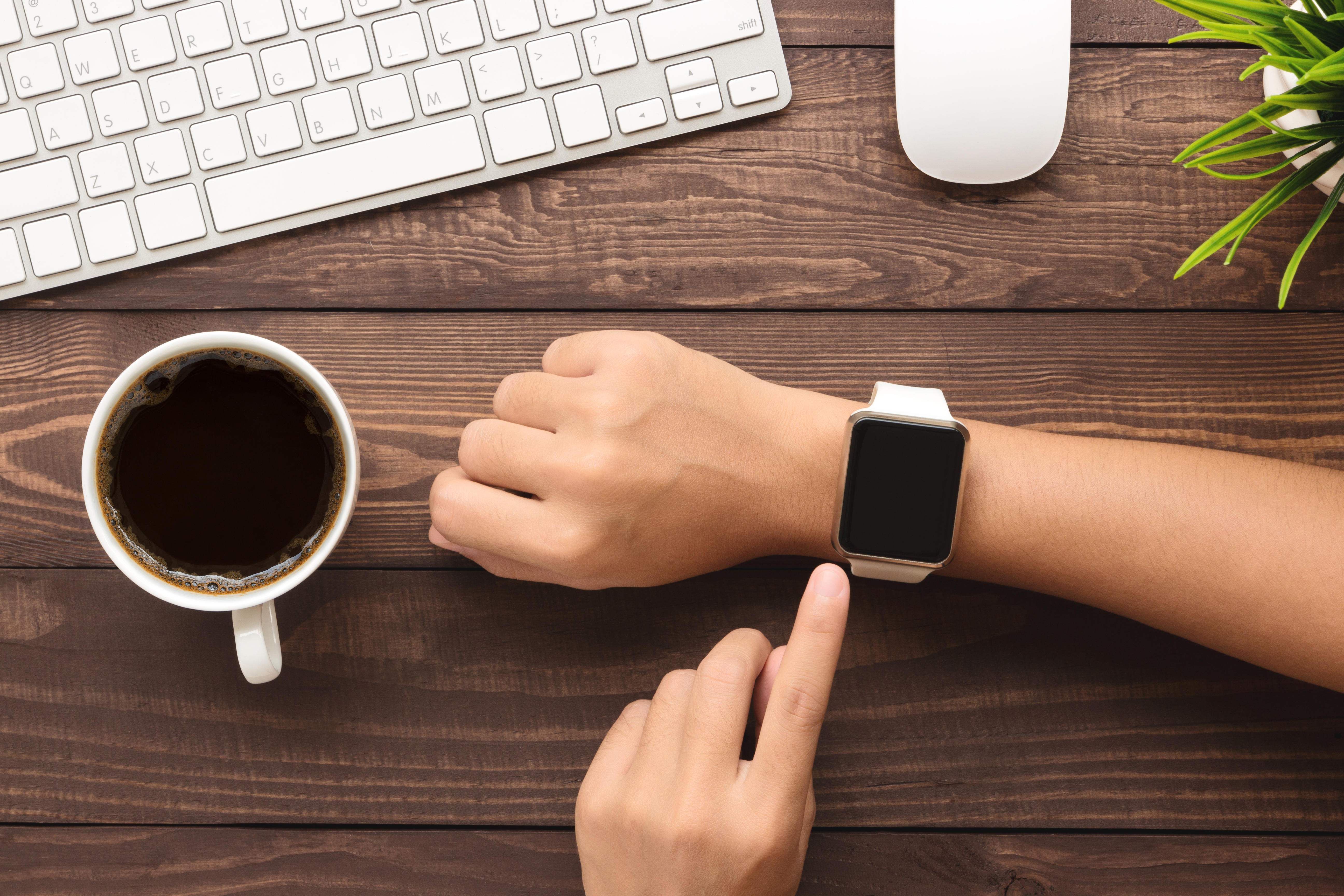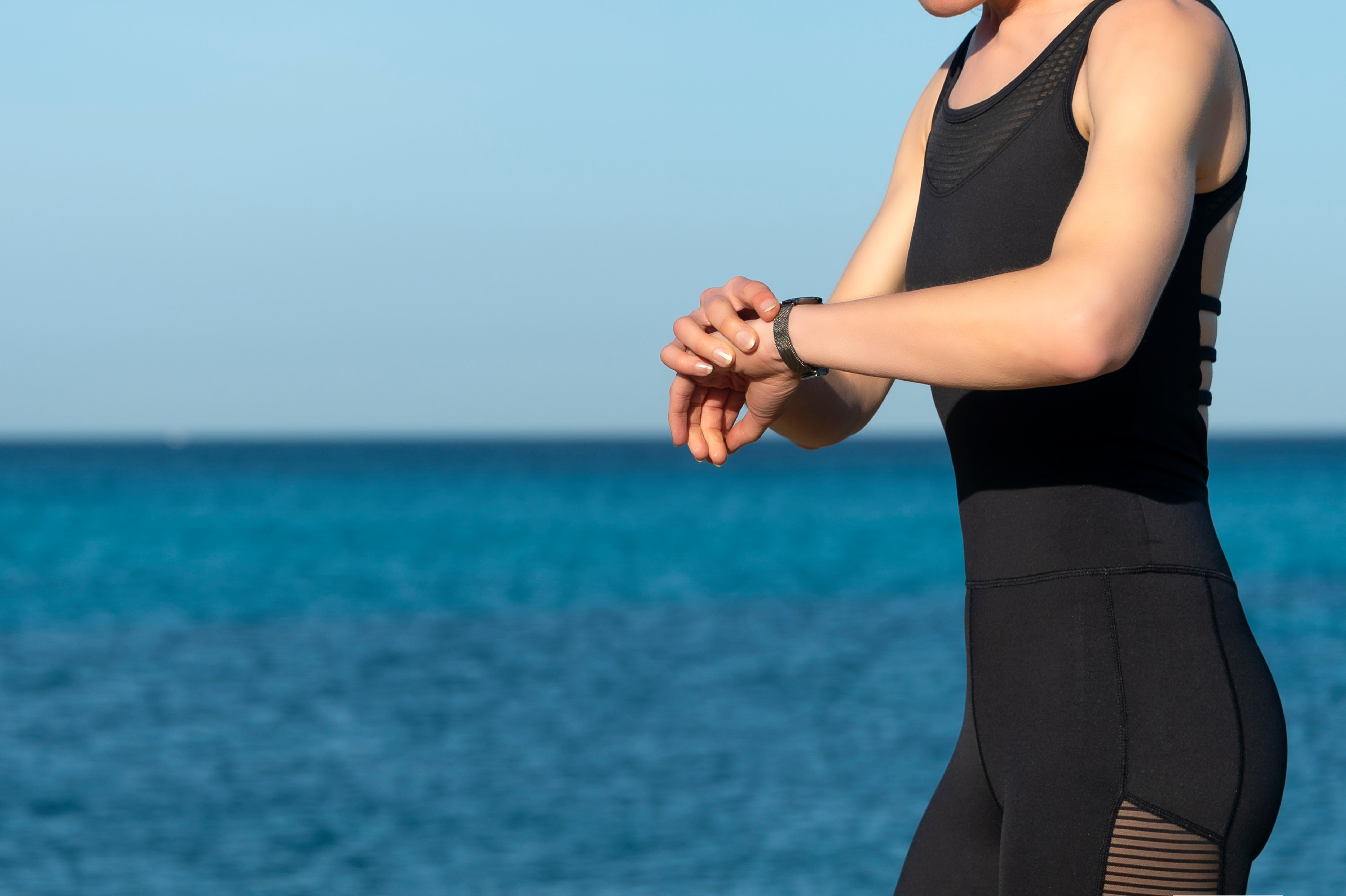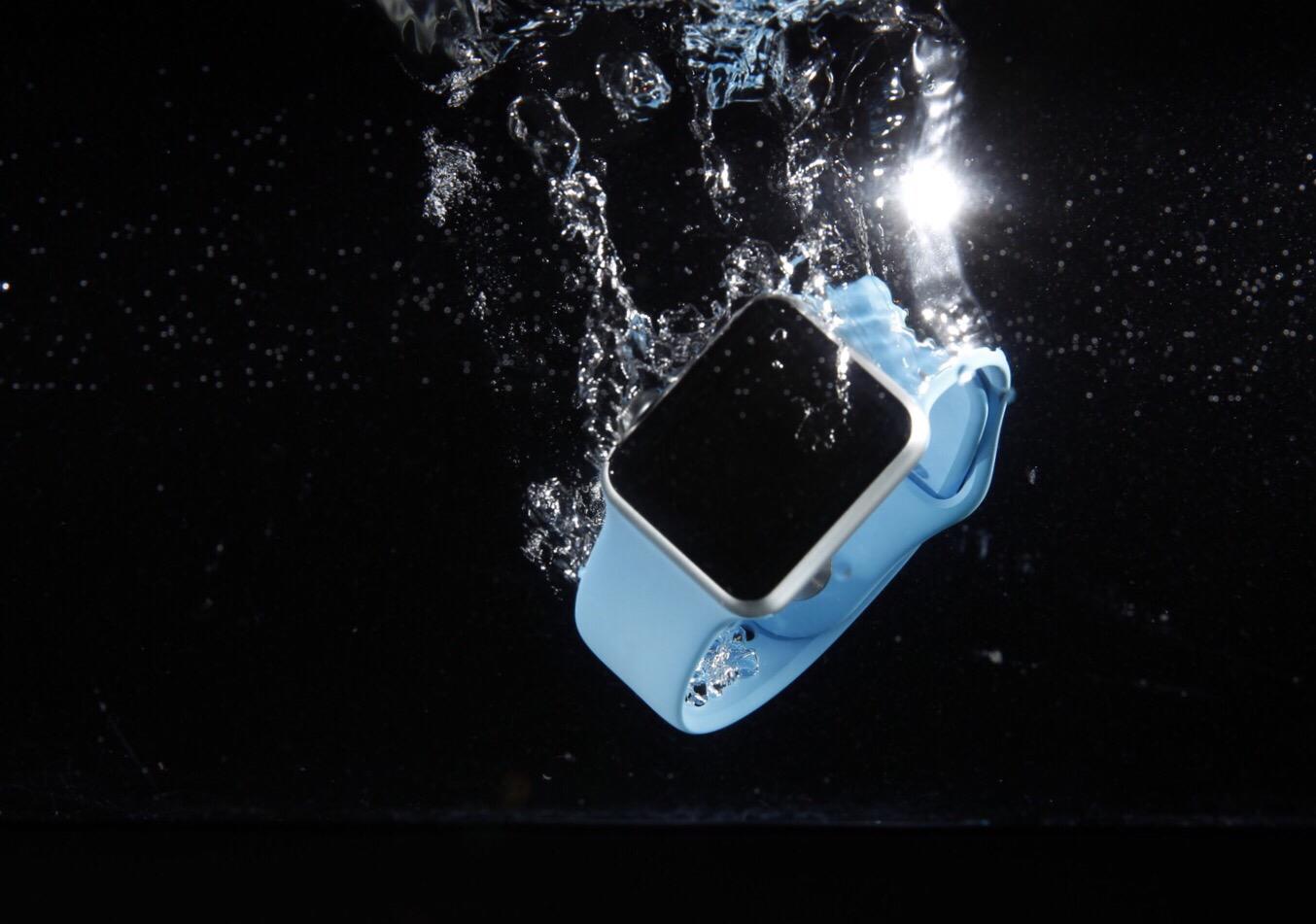Fitbit vs Apple Watch – which smartwatch is right for how you work out?
Fitbit vs Apple Watch is a close call, but one will be right for you. Here's how to choose the device that fits best with your life


Fitbit vs Apple Watch has been a longstanding debate amongst the fitness community. With every new release, the discussion starts again. Which smartwatch gives you the most valuable features? Which one tracks key metrics more accurately? Which one will help you build healthier habits?
Before answering those questions, let’s clarify what a “smartwatch” means. A smartwatch is a small computing device worn on the wrist. It has a touchscreen with interactive features similar to a smartphone, though it cannot perform all the same functions. Instead, a smartwatch is effectively a proxy for your primary mobile device.
All of the fitness trackers like these are individual parts of the Internet of Things network (IoT), which relies on sensors and artificial intelligence to track and record data. This data enables users to observe their habits and make adjustments more efficiently. Both Fitbits and Apple Watches use this process while monitoring exercise, turning your movements and bodily functions into accurate analytics. But which should you buy? Find out below.
Fitbit vs Apple Watch
Fitness Trackers vs Smartwatches

All smartwatches are fitness trackers, but not all fitness trackers are smartwatches. Fitness trackers use pedometers (step trackers) and accelerometers (movement sensors) to record the following information about your body:
- Steps taken
- Time spent exercising
- Heart rate
- Blood oxygen levels
- Calories burned
- Sleeping patterns
This feedback helps you understand your body’s reaction to exercise and can help you make quantifiable improvements as you progress through your fitness journey. With that in mind, the most accurate fitness tracker will optimize your training and accelerate your progress, which gives the Fitbit vs Apple Watch debate some added importance.
Smartwatches do everything a fitness tracker can, but they also replicate the smartphone by performing the following tasks:
- Follow your activity with built-in GPS
- Create music playlists
- Make texts and phone calls
- Pay for items with the mobile Fitbit app
- Download and use other mobile apps
- Connect to WiFi and use the Internet
Now that we understand the difference between a fitness tracker and a smartwatch, we can move into the specific models of Fitbits and Apple Watches.
The Livingetc newsletters are your inside source for what’s shaping interiors now - and what’s next. Discover trend forecasts, smart style ideas, and curated shopping inspiration that brings design to life. Subscribe today and stay ahead of the curve.
All About the Fitbit
What is a Fitbit, you ask? Well, the Fitbit resembles the original pedometers more closely because it primarily focuses on steps and movement. For example, the device encourages you to take 10,000 steps every day - a benchmark that was first popularized in the 1960s to combat rising obesity rates.
Every Fitbit starts you off at 10,000 steps, but you can customize the daily goal based on your fitness levels. There are many Fitbit uses - it also helps you track running, biking, weight lifting and stretching exercises such as yoga. Along with the metrics mentioned above, Fitbits can also track the following analytics:
- Floors climbed (10 steps equals one floor)
- Basal metabolic rate (the number of calories burned while resting)
- Weight loss progress
- Breathing rate
As you progress, you can earn badges and log your numbers into a personal Exercise Shortcuts page on the Fitbit mobile app or the company’s website.
The Fitbit has two different series of smartwatches: the Versa and Sense. Versa is the standard line, while Sense is the latest version with additional features. Along with the features discussed in the first section, the Sense can monitor skin temperature/moisture levels and measure your sleep quality - but only with a premium membership.
The Versa 2, Versa 3 and Sense are the only Fitbit smartwatches available, costing between $179.95 and $299.95. They’re also the only devices that support Fitbit’s premium membership of $9.99 per month. Still, they can connect to both Android and iOS devices, while Apple Watches can only connect to iOS products.
Fitbit’s other devices are strictly fitness trackers. Fitness trackers can’t perform the same smartphone-like functions as smartwatches, but they can still record all the necessary information to help you track progress.
- Charge: the most expensive model, with a durable waterproof design and all non-premium features available. The latest model, Charge 5, costs $179.95.
- Luxe: the latest and most stylish model, with colorful jewelry-like designs but the same fitness features. It costs $149.95.
- Inspire: the most widely used model that supports all non-premium features but has a sleeker design. The Inspire 2 costs $99.95.
- Ace: the child-friendly model with a thin design and more simplified touchscreen. It’s splash-proof but not resistant to water, costing $79.95.
All About the Apple Watch

While the Fitbit prioritizes steps, Apple Watches focus on calories burned. As such, the Apple Watch’s display looks quite different. It has three circular graphs called “rings” with three equally important roles:
- Move: the first ring sets the number of calories you should aim to burn each day. You can adjust the number depending on your fitness level and goals. If you fall behind on your daily total, it will remind you to get moving again.
- Exercise: this ring times your training and lets you set specific goals based on time, steps, calories, weight and other measurables. The watch will start recording once your heart rate hits a certain point, which you can also adjust.
- Stand: if you fall behind on your daily goals, this ring will remind you to stand up and get moving again.
From casual users to those with specific fitness goals to achieve, there’s something for everybody. Apple’s smartwatches can perform the same tasks as Fitbit’s Versa and Sense (minus the skin-related functions) along with some other unique features:
- Emergency SOS system
- Compass
- Fall detection software
- Altimeter
- Completely water-resistant technology
Apple has focused much of its marketing efforts on promoting safety-oriented features to set itself further apart from the other smartwatches on the market. Currently, three Apple Watches are available:
- Series 7: the newest model has multiple sizes, colors and case materials. The most basic model costs $399, but a custom size/color and more cellular coverage will cost you extra.
- Series 3: the oldest model available, but still a viable smartwatch will have all the necessary metrics. It starts at $199.
- SE: an upgraded version of Series 6, costing $279.
Lastly, since Apple Watches only connect to Apple devices, the design and user experience are more singular. Experienced iPhone users might have little to no learning curve in using the device.
Fitbit vs. Apple Watch: The Final Verdict
To summarize, Fitbits have several advantages over Apple Watches:
- Accessibility to iOS and Android devices
- More immersive features with a premium membership
- Greater variety of products
- Tracks steps more accurately
- Usually less expensive
On the other hand, Apple Watch also takes the upper hand in some categories:
- A more smartphone-like user experience
- Safety features
- More durable
- More customization options
- Tracks calories burned more accurately
- No premium membership required
Which Should You Buy?
If you’re willing to pay for a premium membership, the Fitbit gets a slight edge. Those on a limited budget looking for a simple device to help jumpstart their fitness journey will find the Fitbit a better choice. Its Exercise Shortcuts page is more interactive, and you can buy a simple fitness tracker if you don’t want a complete smartwatch.
For iPhone users who are ready to pay a little extra to pursue more specific fitness goals, the Apple Watch is the better choice.
In the end, it all comes down to your current fitness level and goals. Ask yourself how a smartwatch will help you monitor your progress and achieve your goals, then try to fit those answers into a Fitbit and Apple Watch. If you find yourself leaning towards one device, trust your intuition and make the purchase as soon as possible. Every day counts!
See out guide to the best fitness trackers which includes the best deals on now.
Shannon L. Flynn is a business technology & entertainment journalist with more than five years of experience writing in the technology industry.
She is a staff writer at MakeUseOf and Lifehacker, and is the managing editor of ReHack Magazine. She has contributed to a number of online publications, including Hackernoon, EdTech Magazine, GamesRadar, SiliconANGLE’s The Cube, ReadWrite, Fansided, Lifewire, and more.
She loves decoding security jargon, explaining business processes, and tinkering with popular tech devices.
When she's not writing, she can be found playing video games, watching her favorite Twitch streamers, and lounging with a good book (most likely a Mac).
